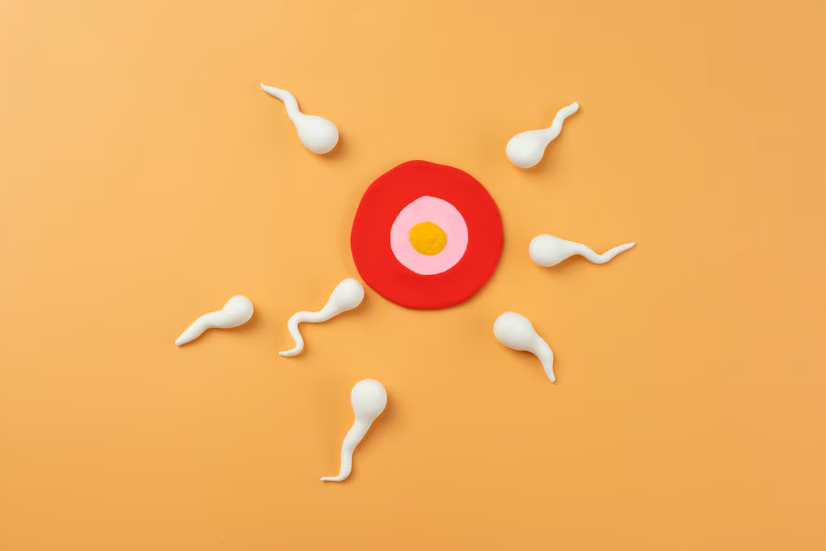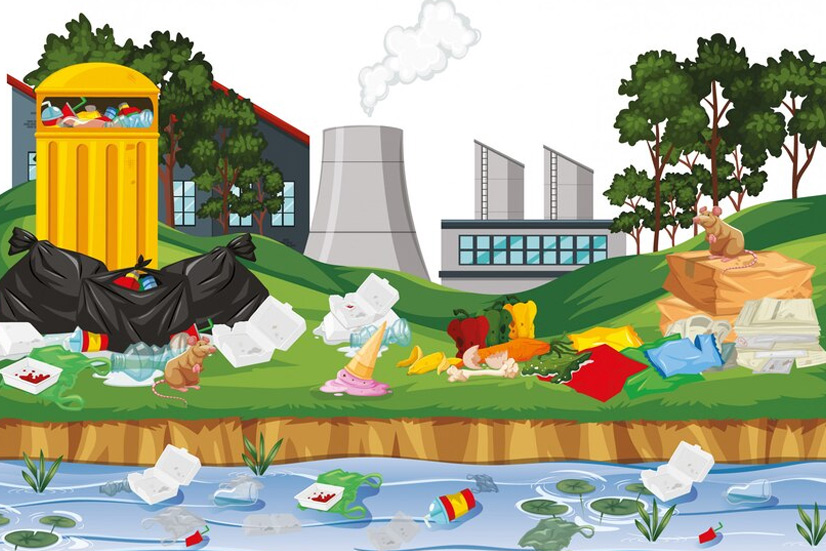
The modern lifestyle, unhealthy eating habits, sedentary behaviour, and reduced movement are gravely reshaping our health and lives. While the above factors and to be blamed for development of various health conditions and diseases, they are also responsible for the rise in infertility. A decade or two ago, infertility was one of the rare problems, however, today, it is affecting one in six couples worldwide.
But why is it rising and why is it on the verge of becoming a global epidemic? Is the modern lifestyle at play rewriting the biological clock for us? We are all the participants in a career-driven corporate race, hustling away for hours to fulfill dreams, careers, and financial stability. In order to survive and sustain in the rat race, people often delay family planning which again becomes the leading cause of infertility.
To understand why infertility is on the rise and how it is turning into a global epidemic, OnlyMyHealth team turned to Dr Seema Jain, Director of the Department of IVF and Fertility, Cloudnine Group of Hospitals, Pune.
Increasing Prevalence of Infertility Globally

According to Dr Jain, “Currently, infertility affects approximately 15% of couples globally, spanning across socio-economic boundaries.” The World Health Organization (WHO) defines fertility as the inability to conceive after 12 months of regular, unprotected intercourse. As per WHO, infertility can stem from physical, environmental, and lifestyle-related factors.
Dr Jain explains, “Infertility has emerged as a critical issue affecting millions of couples worldwide, making it increasingly recognised as a modern epidemic. Despite advances in healthcare, the global incidence of infertility has been rising due to a combination of lifestyle choices, environmental factors, and changing societal norms.”
The Impact of Delayed Childbearing

A significant contributor to rising infertility rates is the trend of delayed childbearing. “Couples today often prioritise education, career growth, and financial stability before starting families. While these are valid aspirations, they frequently result in attempts to conceive later in life when fertility naturally declines,” Dr Jain said.
Female fertility decreases significantly after the age of 35, while male fertility also diminishes with age, though at a slower rate. According to Dr Jain, “As more couples delay childbearing, encounter urban pollution, and are exposed to environmental toxins, the demand for fertility treatments like In Vitro Fertilisation (IVF) and Intrauterine Insemination (IUI) has surged.” This delay not only reduces the likelihood of natural conception but also increases the need for assisted reproductive technologies (ART).
Environmental Toxins and Urbanisation

Modern urban lifestyles expose individuals to a range of environmental toxins and pollutants that severely impact reproductive health. Substances like pesticides, industrial chemicals, and endocrine disruptors found in plastics, cosmetics, and cleaning agents interfere with hormonal balance, leading to fertility issues.
Urban air pollution compounds the problem, with studies linking fine particulate matter (PM2.5) and nitrogen dioxide to reduced ovarian reserves, impaired sperm quality, and adverse pregnancy outcomes. Dr Jain emphasises the need for stricter regulations and public awareness to mitigate the effects of such environmental hazards.
Also read: Blocked Fallopian Tubes And Infertility: What You Need to Know
Demand for Fertility Treatments
The rise in infertility has led to an increased demand for ART procedures such as IVF and IUI. These treatments offer hope but also come with financial and emotional costs. IVF involves fertilising eggs and sperm outside the body, while IUI places sperm directly into the uterus during ovulation. Despite their increasing success rates, these procedures remain inaccessible to many due to high costs and limited availability.
Dr Jain observes, “The implications of infertility extend far beyond personal struggles, posing a significant economic and emotional burden on individuals, families, and society at large.”
Emotional and Societal Implications

Infertility’s emotional toll is profound. “Couples often experience stress, depression, and strained relationships, compounded by societal stigma. This issue is particularly pronounced in cultures where having children is seen as a fundamental expectation,” Dr Jain explained.
From a broader perspective, rising infertility rates can contribute to lower birth rates, impacting workforce growth and economic stability. According to the International Monetary Fund, countries like Japan already deal with the socio-economic effects of ageing populations and low fertility rates.
Addressing the Infertility Epidemic
As per Dr Jain, “Increased funding for research on infertility and ART is crucial, alongside public health campaigns that raise awareness about the importance of reproductive health. Governments and healthcare providers must also prioritise making fertility treatments more accessible and affordable.”
Lifestyle modifications, including stress management, healthier diets, and reduced exposure to environmental toxins, can improve fertility outcomes. Support networks and counselling services are equally important to help individuals and couples navigate the emotional challenges of infertility.
Conclusion
Infertility is undeniably becoming a global epidemic, driven by delayed childbearing, environmental factors, and changing societal dynamics. As Dr Jain concludes, “Addressing this crisis requires concerted efforts in medical innovation, environmental reform, and public education.”
Also watch this video
Read Next
Partial Knee Replacement: Is It Just for the Elderly? Expert Debunks Myths And Reveals The Truth
How we keep this article up to date:
We work with experts and keep a close eye on the latest in health and wellness. Whenever there is a new research or helpful information, we update our articles with accurate and useful advice.
Current Version